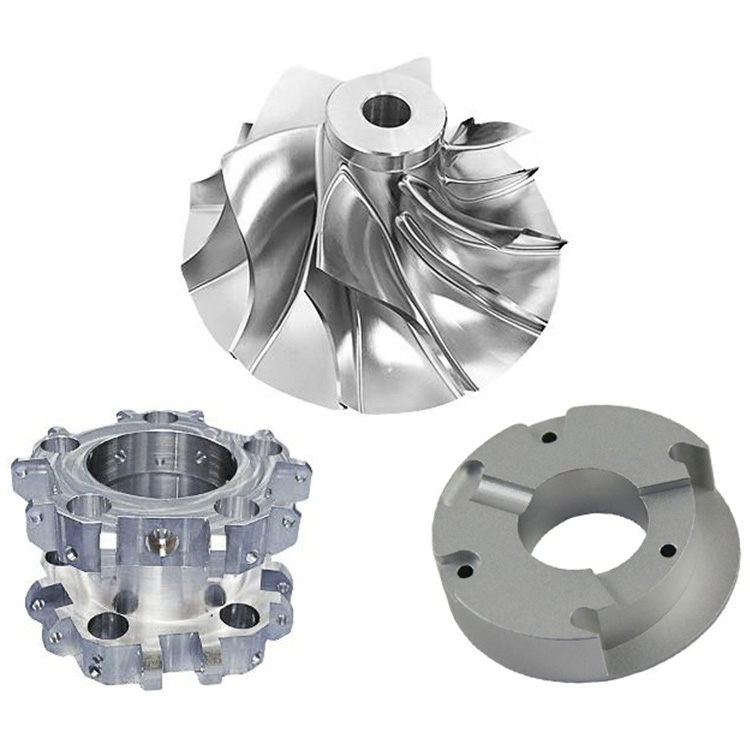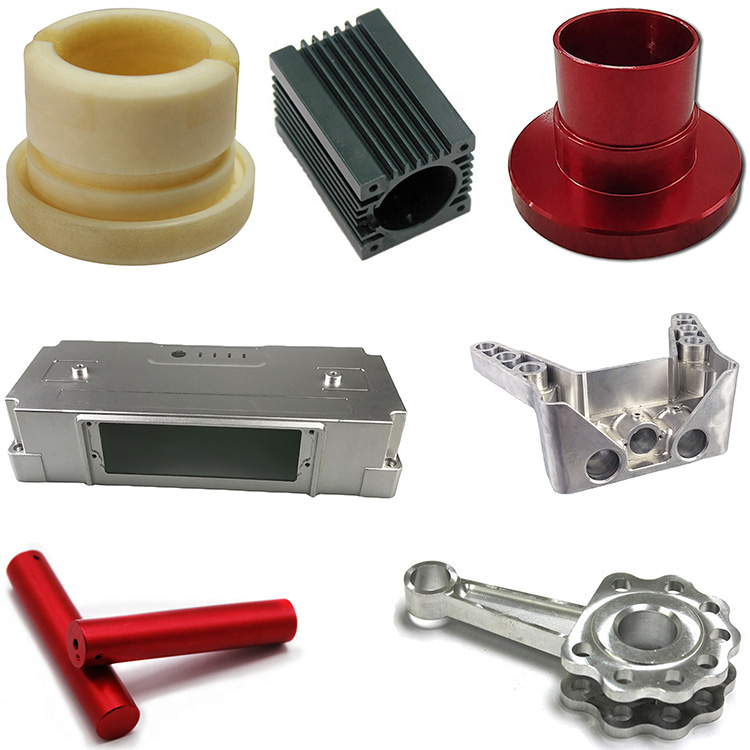
5 Axis CNC Machining Parts Components
What should be paid attention to when machining structural components with five axis CNC
Five axis CNC machining of structural components is a good CNC machining technology that allows for simultaneous machining in multiple directions, enabling the manufacturing of complex shaped structural components. When performing five axis CNC machining of structural components, there are some important considerations:
Appropriate tool selection: It is very important to choose tools that are suitable for the required processing materials and structural component shapes. Different tool types, diameters, and lengths will directly affect machining quality and efficiency.
Tool path optimization: Five axis CNC machining allows multiple axes to move simultaneously, so it is necessary to optimize the tool path to maintain stable and efficient motion throughout the entire machining process, while avoiding interference and conflict.
Adjustment of machining parameters: Reasonable setting of machining parameters can ensure cutting efficiency, surface quality, and tool life during the machining process. Processing speed, feed rate, cutting depth and other parameters need to be adjusted according to specific situations.
Positioning and clamping: Five axis CNC machining of structural components may require multiple adjustments to the position and clamping method of the workpiece to ensure stable machining at different angles. Accurate workpiece positioning and clamping are important factors in ensuring machining accuracy.
Post processing: After completing the five axis CNC machining, subsequent work such as surface treatment, removal of excess materials, cleaning, etc. may be required to ensure that the final structural components meet the requirements.
Tool monitoring and replacement: Regularly inspect tool wear and condition, promptly replace severely worn tools to maintain machining quality and efficiency.
Machining simulation: Before performing five axis CNC machining on complex structural components, simulation verification is carried out to ensure that the tool path is correct, there are no conflicts or interferences, and to reduce errors and losses.
Quality control: During the processing, quality inspection and control are carried out on the processed parts to promptly identify and correct problems, ensuring that the final structural parts meet the quality standards.
In summary, the five axis CNC machining of structural components requires comprehensive consideration of tool selection, tool path optimization, machining parameter adjustment, workpiece positioning and clamping, subsequent processing, and other aspects to ensure efficient, accurate, and qualified machining results.









